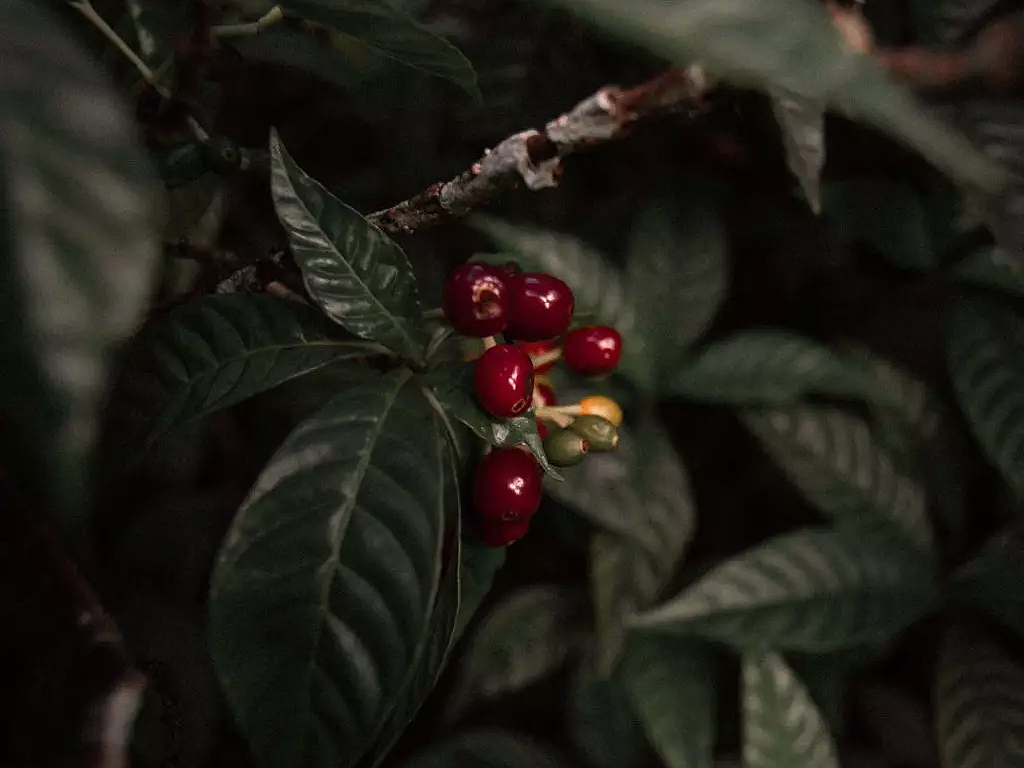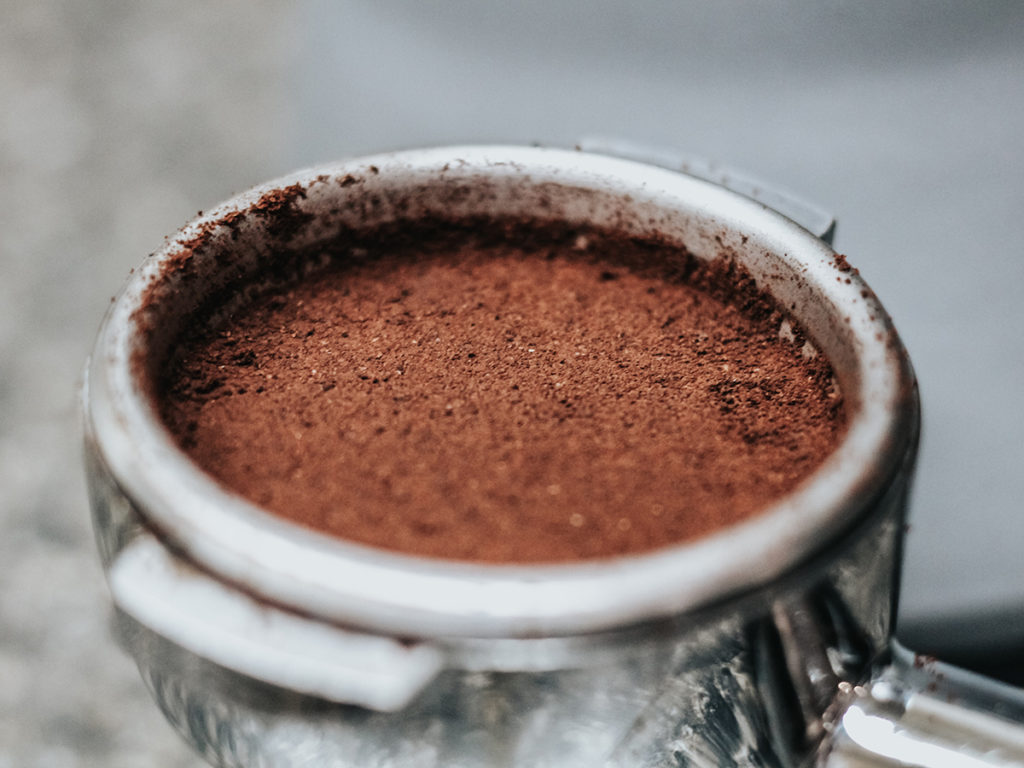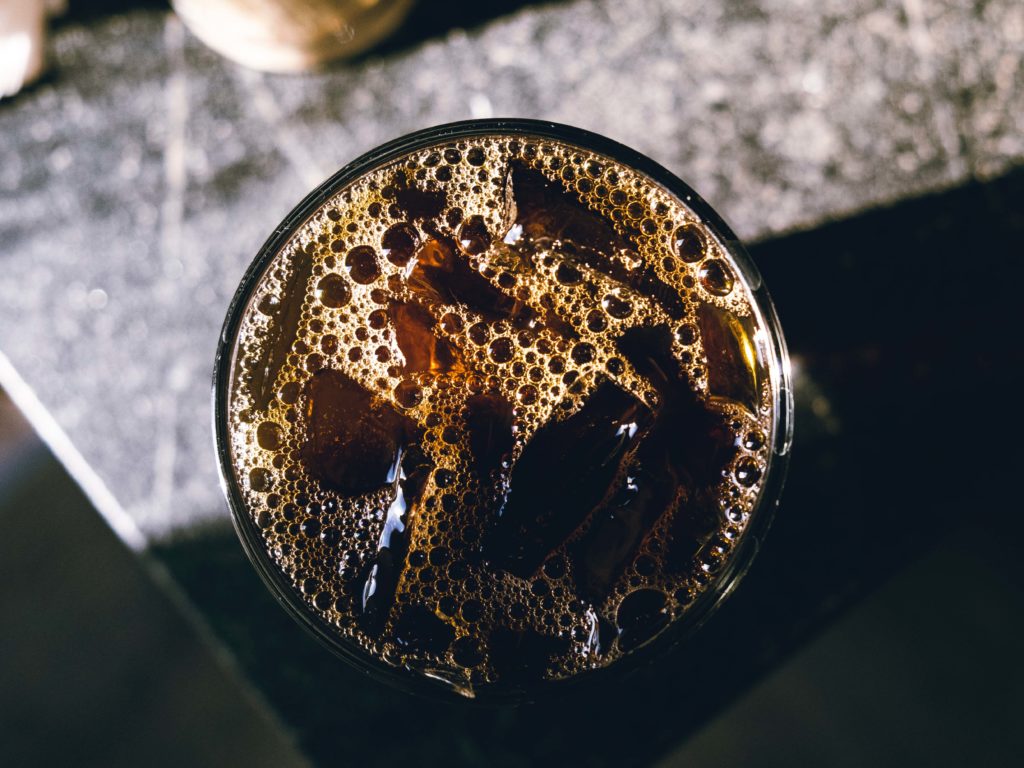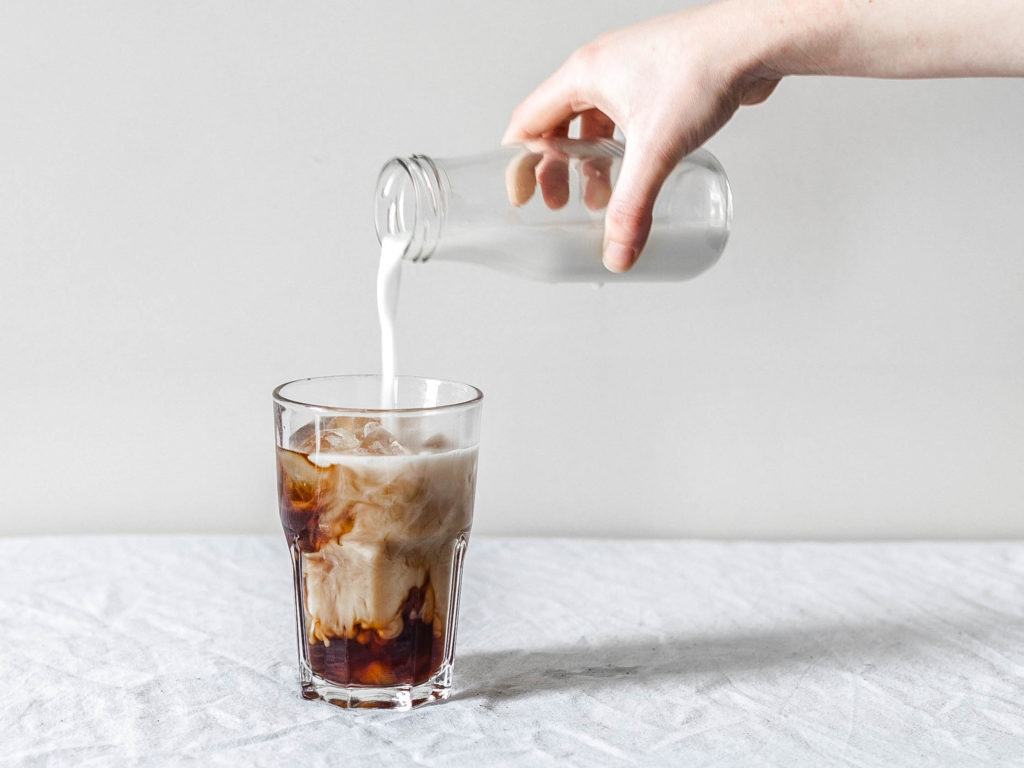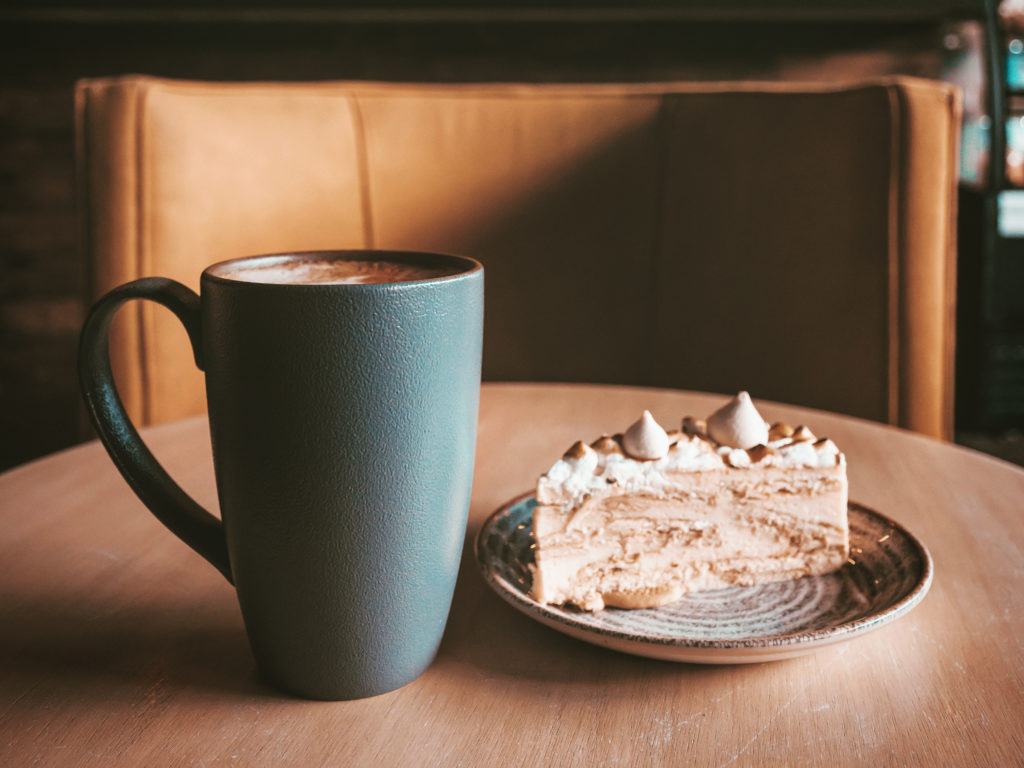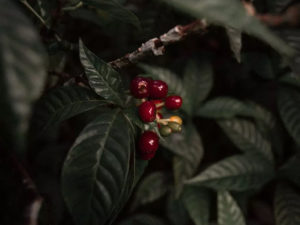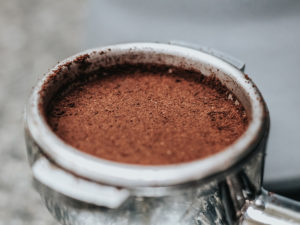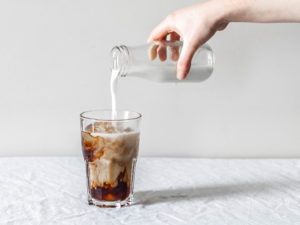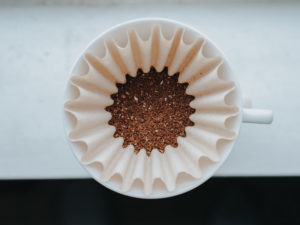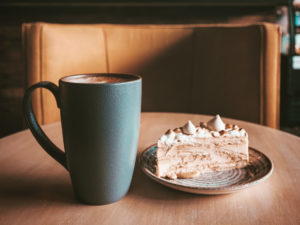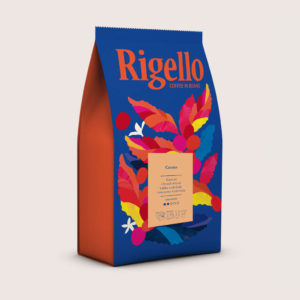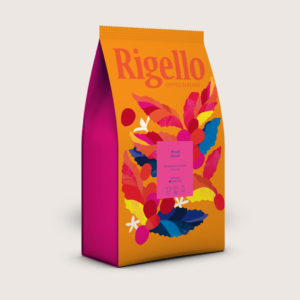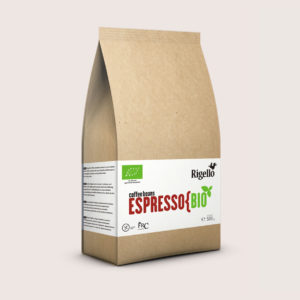Cold brew, i.e. cold macerated coffee, is definitely our favorite when it comes to refreshing drinks that are worth reaching for in the summer heat. However, keep in mind that, unlike other energy drinks, cold brew coffee has a very high caffeine content. Is it possible to prepare such a specialty based on decaffeinated coffee? Today we will try to dispel your doubts!
Where does the caffeine in your coffee come from?
Caffeine is an alkaloid that occurs naturally in about 60 plant species, primarily in coffee beans. This substance is formed during the growing season of bushes, becoming a secondary metabolite. Wondering what that means? Well, caffeine is not a key factor that affects the growth and development of the coffee plant, but only protects it against pathogens and mold. Therefore, it is thanks to caffeine that raw coffee beans have a better quality.
What is the caffeine content of the two most common coffee beans, Arabica and Robusta? In the former, caffeine reaches a level of 1% of the chemical composition of the grain, while in robusta it is over 2%.
How much caffeine does cold brew have?
Cold brew is a drink that has taken the hearts of almost all lovers of coffee specialties by storm in recent years. No wonder – the unique taste of cold brew coffee perfectly refreshes our bodies in the greatest summer heat. For some, however, the problem may be the high content of caffeine – often higher than in the case of generally available energy drinks. What does this mean?
The secret of this phenomenon lies in the process of maceration, i.e. aging coffee in cold water. The resulting extract provides protection against chemical compounds that are sensitive to high temperatures. The second issue is the contact time of the caffeine with the solvent. In the case of cold brew, long-term maceration has a large impact on the increase in caffeine content in the beverage obtained as a result of this process.
How much caffeine is in a standard 200ml cold brew glass? In the case of classic cold brew, it is a value of 150 mg, while for nitro cold brew it increases up to 230 mg.
Caffeine-free cold brew – is it possible?
Okay, it’s time to settle the most pressing question of all – can we prepare a cold brew based on decaffeinated coffee? To answer this question, we tried a little experiment – instead of the usual mixture of arabica beans, we used decaffeinated coffee. Are you curious about the results we got? We can now lift the veil of secrecy and confirm that… the taste of such a drink is no different from cold brew with caffeine!
How did we make our own decaffeinated cold brew? For this purpose, we used a decaffeinated blend of dark roasted beans. The maceration process brings out the natural sweetness of coffee beans, which is why dark roasting deepens the taste of the drink. Of course, we could choose light or medium roasted beans, but if you care about a really intense flavor, then dark beans will be the perfect solution.
The selected coffee beans need to be ground first. And here again you have to ask yourself – what degree of grinding will be the most appropriate for cold brew? While in the case of espresso, it is worth opting for finely ground coffee beans, for cold brew, coarsely ground beans will be perfect. The next step is to pour the ground beans with water at room temperature (for 1 cup of water, add 1 tablespoon of coffee). Leave the drink prepared in this way for at least 12 hours. In our opinion, however, the best taste effects are achieved after about 16 hours. At the end, all you have to do is strain the resulting drink and serve it with ice cubes.
Finally, we just remind you to store ready-made cold brew in the fridge in a closed container (carafe, jar or bottle). And as a curiosity, we will add that cold brew can be heated and drunk hot! Although it may sound strange, we encourage you to try this version as well. Thanks to the cold brewing method, we can remove all the acidity from the coffee beans, thanks to which the drink will become even more delicate.

